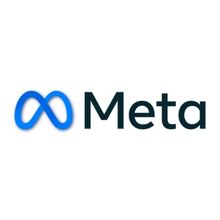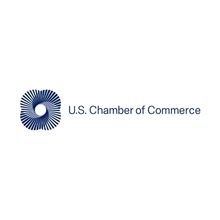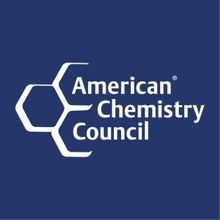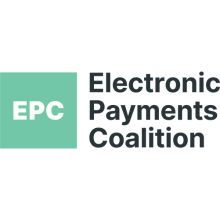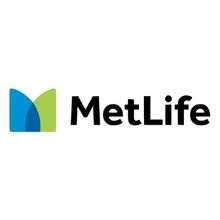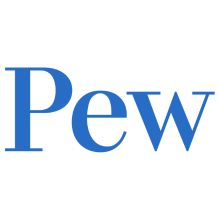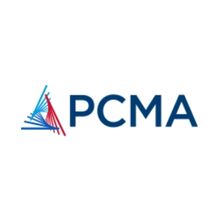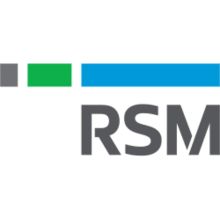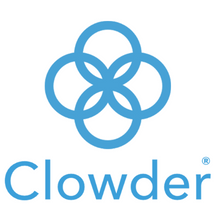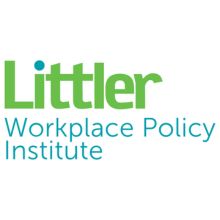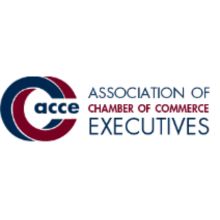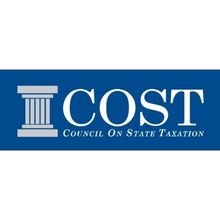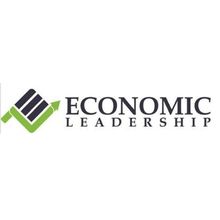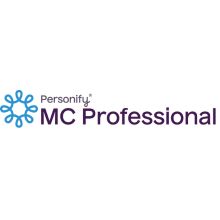CAPITAL CAMPAIGN FUNDRAISINGOrganizational StructureNeed a 501c3 “type one supporting foundation”, nice to have but not absolutely necessary. Campaign MindsetThis is way more than just raising dollars for your foundation, or getting grants to do projects, often this approach is a money in- money out type activity. What I have found can work is a different approach that will resemble a process similar to how higher education raises money, think more development vs typical chamber fundraising approaches. Frame the ProblemWhat’s the problem and your plan to address it? Connect the plan to existing Vision program (if you have one). Ideas for possible plan elements;
Key elements- from McKinsey presentation:
Duration of the plan/campaign: 24 months Operating Budget: Cost/ goal to implement the plan: $1 million over two years.
The "Case for Support"Develop the “Case for Support”: a marketing tool to package the plan, make the case, show impact, identity the need and urgency. Why you should care? (This is one of the most important steps in my opinion, and is not typical to chamber fundraising activities.) A good case for support answers the following questions:
Test the PlanTest the plan: conduct a feasibility study with confidential one-on-one interviews with top donors. Ideally hire a third party to do this to provide important feedback during this phase, including these elements:
Goals and MeasuresDevelop the campaign goal and establish the “chart of giving” for the campaign. Basic rules apply:
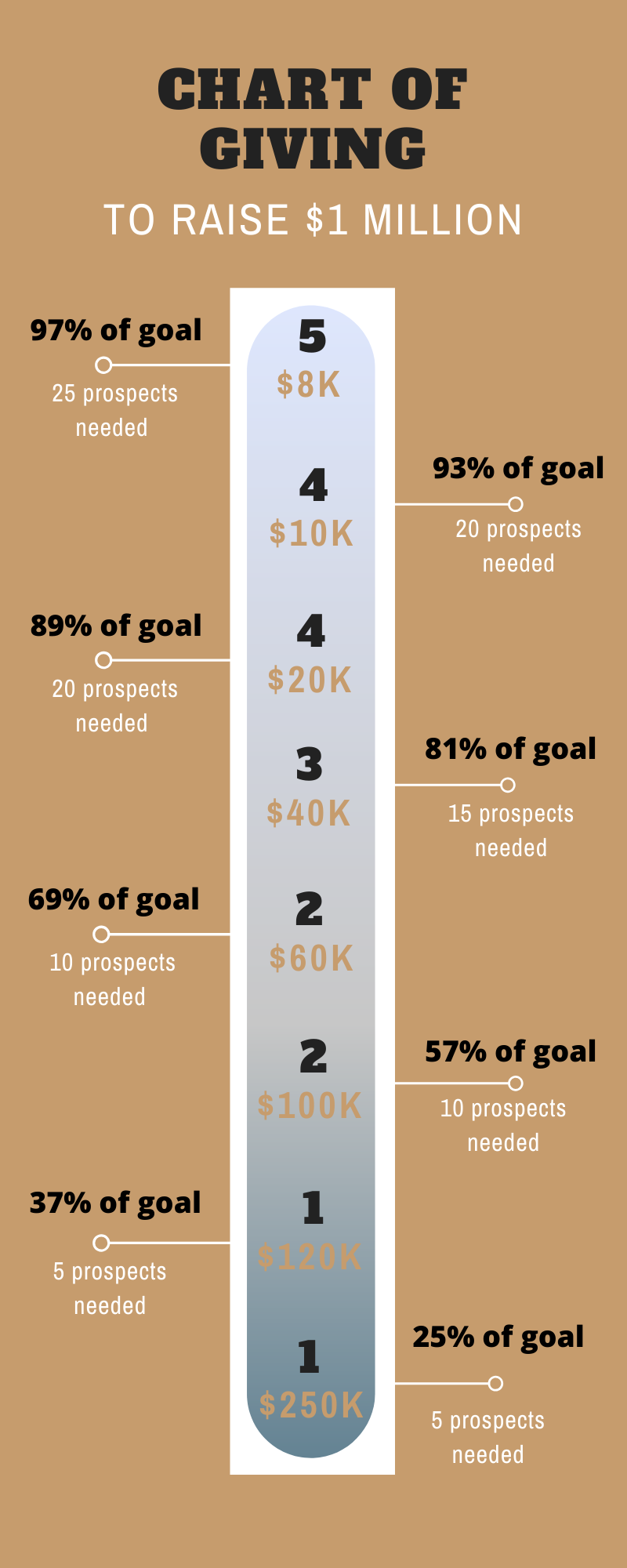 Best ProspectsBest prospects to identify and evaluate include:
Donor Evaluation Process
Sequence of GivingFocus on the sequence of giving:
CEO RoleChamber CEO raises the money, this is the only way this all works! |

